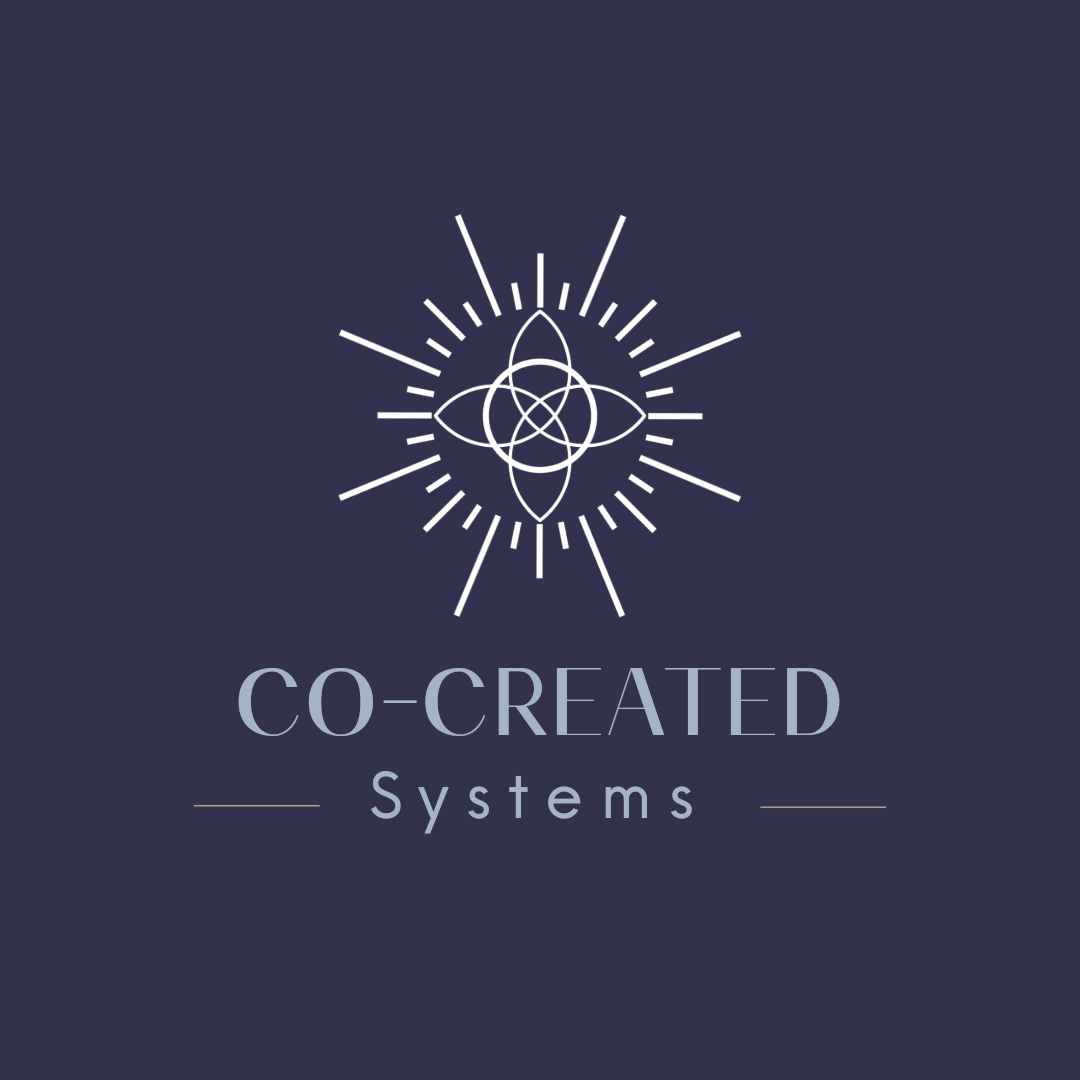
Domination System to Partnership Systems: Taking Action
Power Over to Power With
Extrinsic to Intrinsic
Control to Creativity
Isolation to Integration
Every action creates the world. The way we work, build, design, organize, and solve problems doesn’t just accomplish tasks—it shapes the reality we all inhabit. Yet we rarely examine the assumptions embedded in our approaches to getting things done, assumptions that may be perpetuating the very problems we’re trying to solve.
The dominant paradigm treats action as a mechanical process of applying force to resistant matter, maximizing efficiency and output regardless of broader consequences. We’ve been taught to pursue endless growth, impose standardized solutions, extract maximum value in minimum time, and trust that technology alone can solve complex social and ecological challenges. These approaches have generated tremendous material progress, but they’ve also created unprecedented levels of inequality, environmental destruction, and social fragmentation.
But what if our ways of doing could be regenerative rather than extractive? What if our actions could enhance life rather than diminish it? What if the how of our doing was just as important as the what—if the means could actually transform the ends?
Beyond Efficiency as the Ultimate Value
The obsession with efficiency—maximum output for minimum input—seems obviously sensible until we examine what gets left out of the equation. When we optimize only for speed and productivity, we often sacrifice quality, sustainability, beauty, meaning, and the wellbeing of the people and ecosystems involved in the process. In partnership systems we prioritize appropriateness over efficiency. Instead of asking “How can we do this faster and cheaper?” we ask “What approach best serves the specific context, relationships, and long-term outcomes we care about?” This might sometimes mean working more slowly, involving more people in decision-making, or choosing solutions that cost more upfront but create greater value over time.
This current era requires a different kind of intelligence—one that can read context, attend to relationships, and consider multiple timeframes simultaneously. It’s the intelligence of traditional craftspeople who understood their materials intimately, of indigenous technologies perfectly adapted to local ecosystems, of communities that made decisions by considering their impact seven generations into the future.
From Endless Growth to Regenerative Development
The imperative for endless growth treats the Earth as if it were a business in permanent expansion mode, with no limits to resource extraction or waste absorption. This approach has created what economists call “externalities”—costs that don’t appear on balance sheets but show up as climate change, biodiversity loss, and social breakdown.
Social imaginaries embrace regeneration as a guiding principle. Instead of just sustaining what exists or minimizing harm, regenerative practices actively enhance the capacity of living systems to create conditions for greater health, resilience, and creativity. This means designing human activities that actually improve the ecosystems and communities they touch.
Regenerative development recognizes that human wellbeing and ecological wellbeing are inseparable. When we create economic systems that restore soil, strengthen communities, and enhance biodiversity, we discover that apparent trade-offs between prosperity and sustainability often dissolve. The question becomes not how much we can extract but how much life we can generate.
From One-Size-Fits-All to Context-Sensitive Solutions
The industrial mindset seeks scalable, standardized solutions that can be applied anywhere regardless of local conditions. This approach ignores the rich diversity of human cultures and ecological systems, often creating new problems while solving immediate ones. Our ways of doing must celebrate diversity as a source of resilience and creativity. Instead of imposing uniform solutions, they develop approaches that can adapt to specific contexts while learning from the wisdom embedded in local conditions. This requires what we might call “pattern languages”—flexible frameworks that can be applied differently in different situations while maintaining their essential integrity.
This doesn’t mean abandoning all standardization or rejecting the benefits of scale. Instead, it means creating systems sophisticated enough to honor both universal principles and particular contexts, both global coordination and local autonomy.
From Extraction to Stewardship
The extractive mindset treats the world as a collection of resources to be harvested for human use, with little consideration for the long-term consequences of our taking. This approach assumes that we can continue drawing down natural and social capital indefinitely without depleting the systems that sustain us. Social imaginaries capable of catalyzing positive change embrace stewardship—the understanding that we are caretakers rather than owners of the gifts we’ve been given. Stewardship recognizes that we depend entirely on the health of the larger systems of which we are part, and that our wellbeing requires us to enhance rather than degrade these systems.
This shift from extraction to stewardship changes everything about how we approach work and creativity. Instead of asking “What can I get from this situation?” we ask “How can I contribute to the flourishing of the whole?” Instead of optimizing for short-term gain, we consider our impact across generations.
From Technological Solutionism to Convivial Tools
Our culture often treats technology as a neutral force that can solve social problems through better engineering. But every technology embodies values and shapes relationships in particular ways. Some technologies concentrate power and create dependency; others enhance human capacity and strengthen community bonds. It is important we consider how our ways of doing might prioritize “convivial tools”, or the technologies that enhance human autonomy, creativity, and connection rather than replacing or diminishing them.
Convivial tools are comprehensible to their users, maintainable by communities, and designed to strengthen rather than weaken social bonds. We should not reject technology but develop criteria for distinguishing between technologies that serve life and those that undermine it. It means asking not just “Does this work?” but “What kind of world does this create abd/or perpetuate?”
Embodying New Possibilities
Transforming our ways of doing requires more than changing our methods—it requires transforming our relationship to action itself. This means approaching our work as a form of service to the larger web of life, treating every project as an opportunity to practice partnership principles, and understanding that how we do things is inseparable from what we accomplish.
As we experiment with regenerative, appropriate, and convivial approaches to getting things done, we begin to discover that partnership ways of doing often generate better results than domination approaches—not just in terms of outcomes but in terms of the quality of experience for everyone involved. We find that when we align our actions with the deeper patterns of life, our work becomes a source of meaning and connection rather than stress and alienation.
The invitation is to treat every action as an experiment in creating the world we want to inhabit, recognizing that the future is not something that happens to us but something we create through the countless choices we make about how to live and work together.
Ways of Doing: Lived Experiences
Explore the specific contrasts between domination and partnership approaches to selfhood and existence, along with practices and examples that embody new ways of being.
Watch, Read, Listen
No posts were found.
Join 900+ subscribers
Stay in the loop with everything you need to know.

